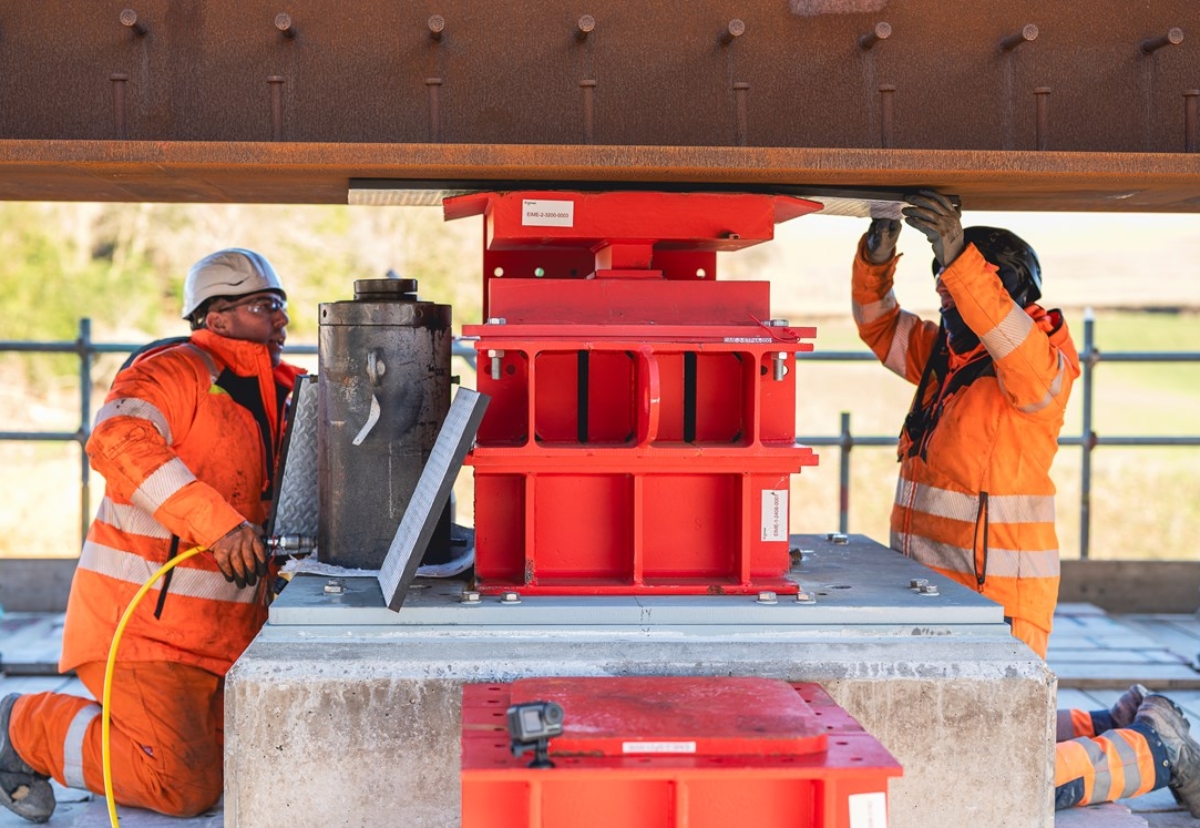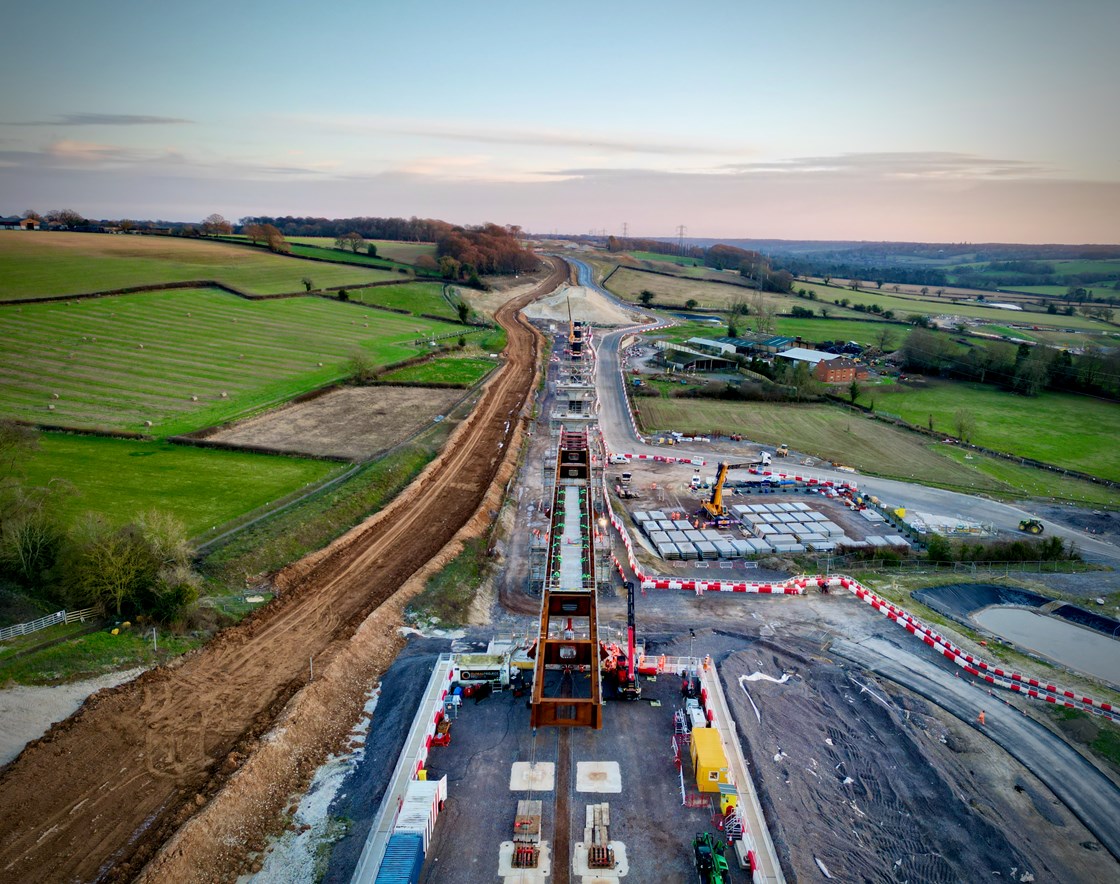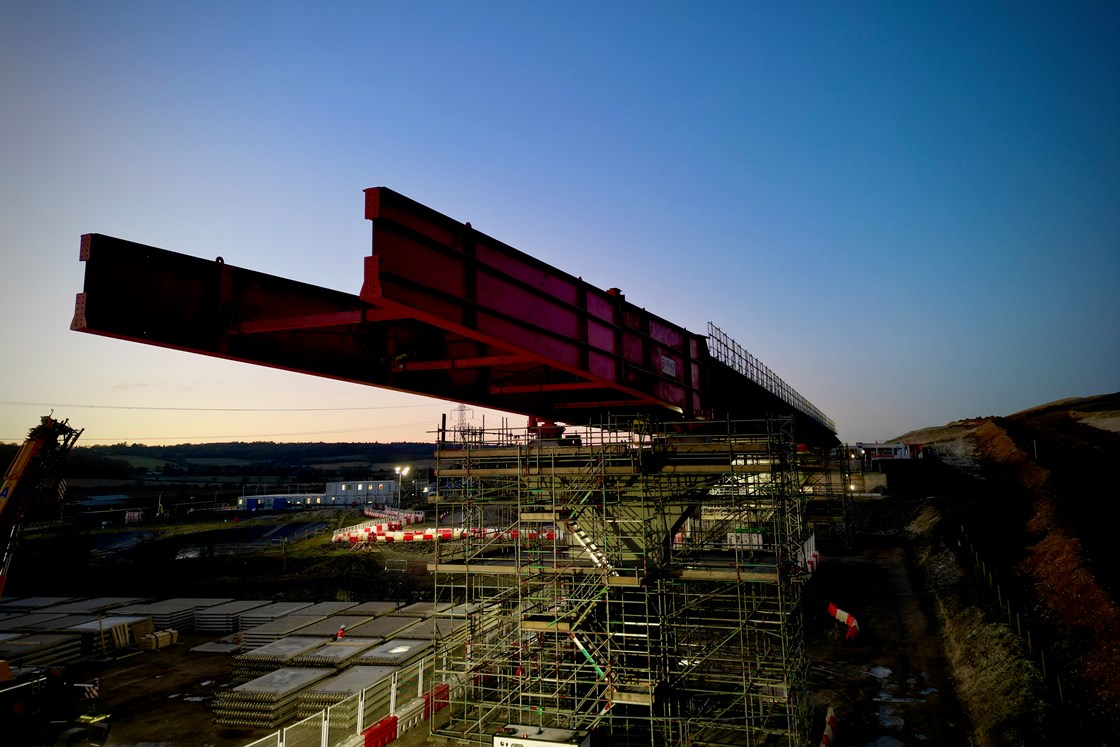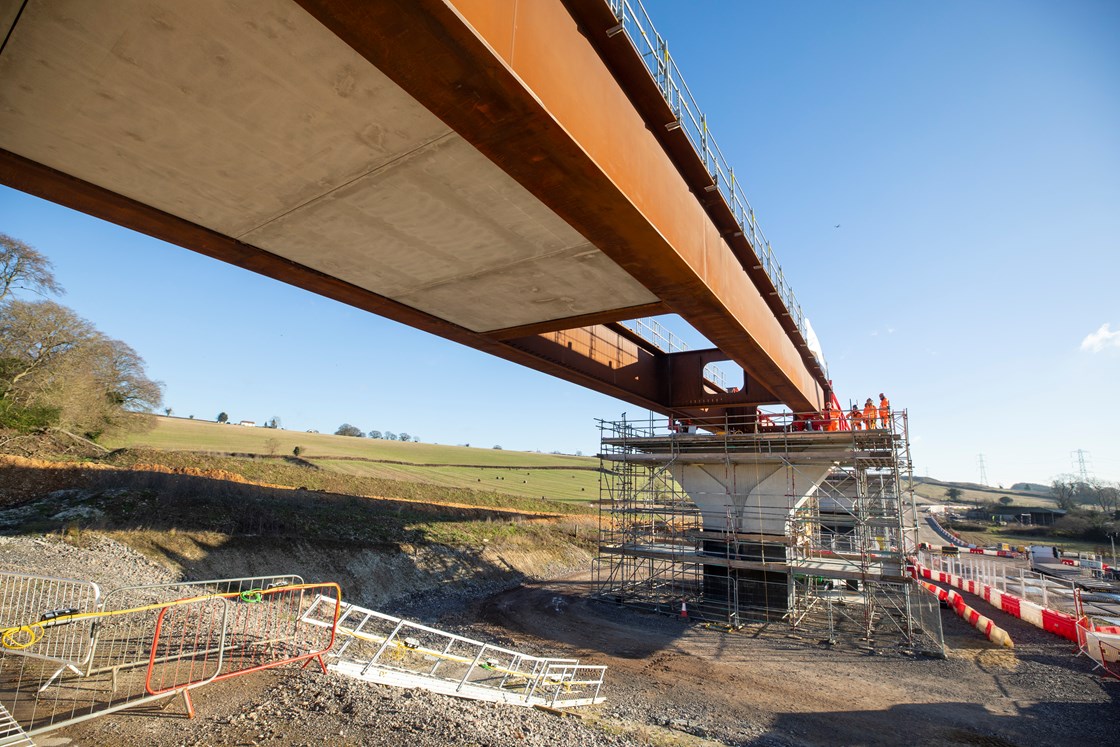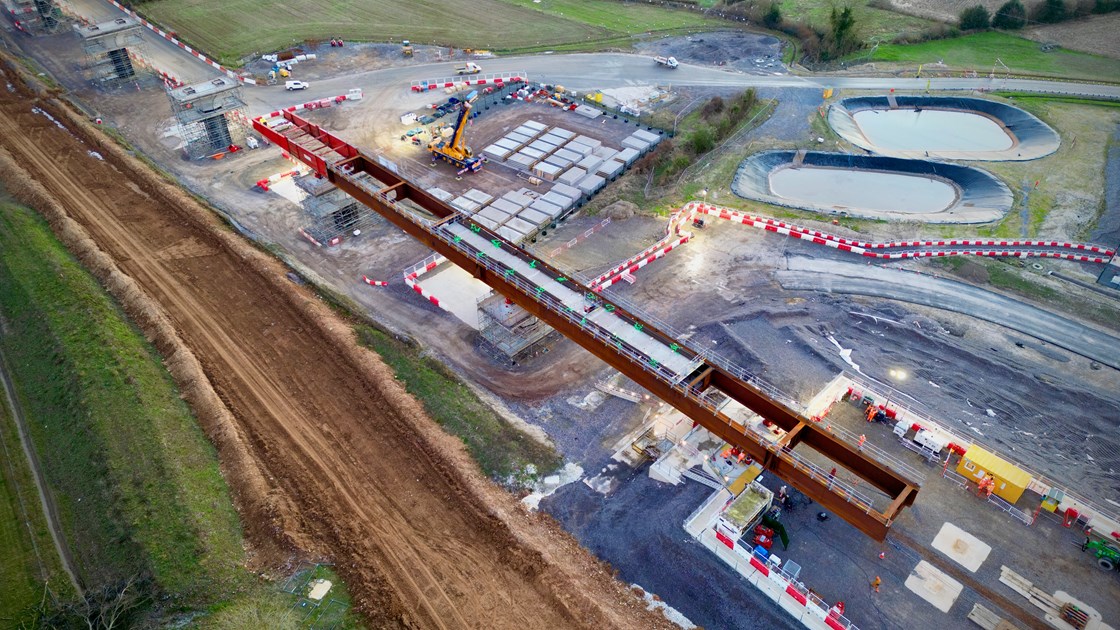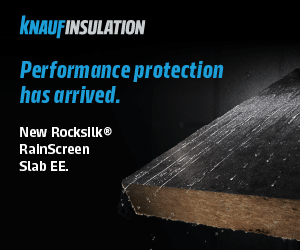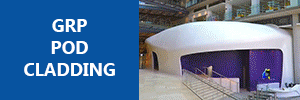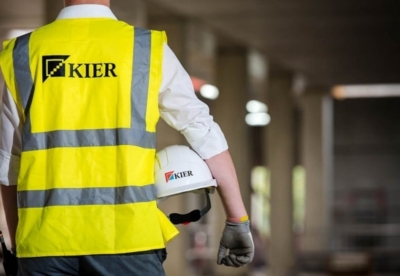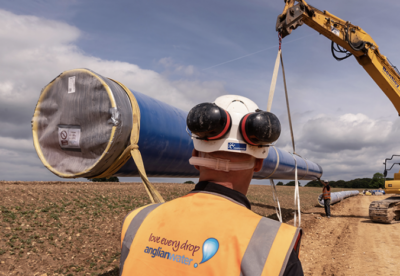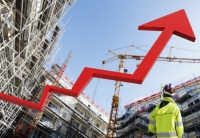The Wendover Dean Viaduct will be the first major railway bridge in the UK to be built with a ‘double composite’ approach.
The increased strength of the steel/concrete composite deck design allows it to slide over the viaduct piers in an epic push of 90 to 180m long sections.
This critical new stage of construction will see sections pushed out in sequence from the north abutment across teflon pads.
With each new section being attached behind the other, the weight of the deck will increase with each push, up from an initial 590 tonnes this week to 3,700 tonnes by the end of the year.
James Collings, EKFB’s senior engineer, said: “The project team has reached a fundamental milestone in the build of this industry-leading viaduct.
“We’re progressing well with the first-of-three steel launches being conducted this year and already looking forward to seeing this viaduct come to life. Along with our supply chain partners, Eiffage Metal, we’re proud to be delivering this viaduct safely and to programme.”
Tomas Garcia, HS2 Ltd’s Head of Civil Structures said: “Double composite structures maximise the combined strength of steel in tension and concrete in compression. This approach has been tried and tested around the world and it’s great to see it applied on this scale for the first time in the UK at Wendover Dean.”
Composite deck carbon savings
Instead of using solid pre-stressed concrete beams to form the spans between the viaduct piers, the ‘double composite’ structure uses two steel beams sandwiched between two layers of reinforced concrete to create a lightweight and super strong hollow span.
EKFB worked with their design partner, ASC (a joint venture between Arcadis, Setec and COWI) and architects Moxon on the ‘double composite’ approach which was inspired by structures on the French high speed TGV network.
The approach is set to cut the carbon footprint of the structure by 56% – saving almost 13,000 tonnes of embodied carbon – and helping HS2 achieve its goal of halving the amount of embedded carbon in construction.





